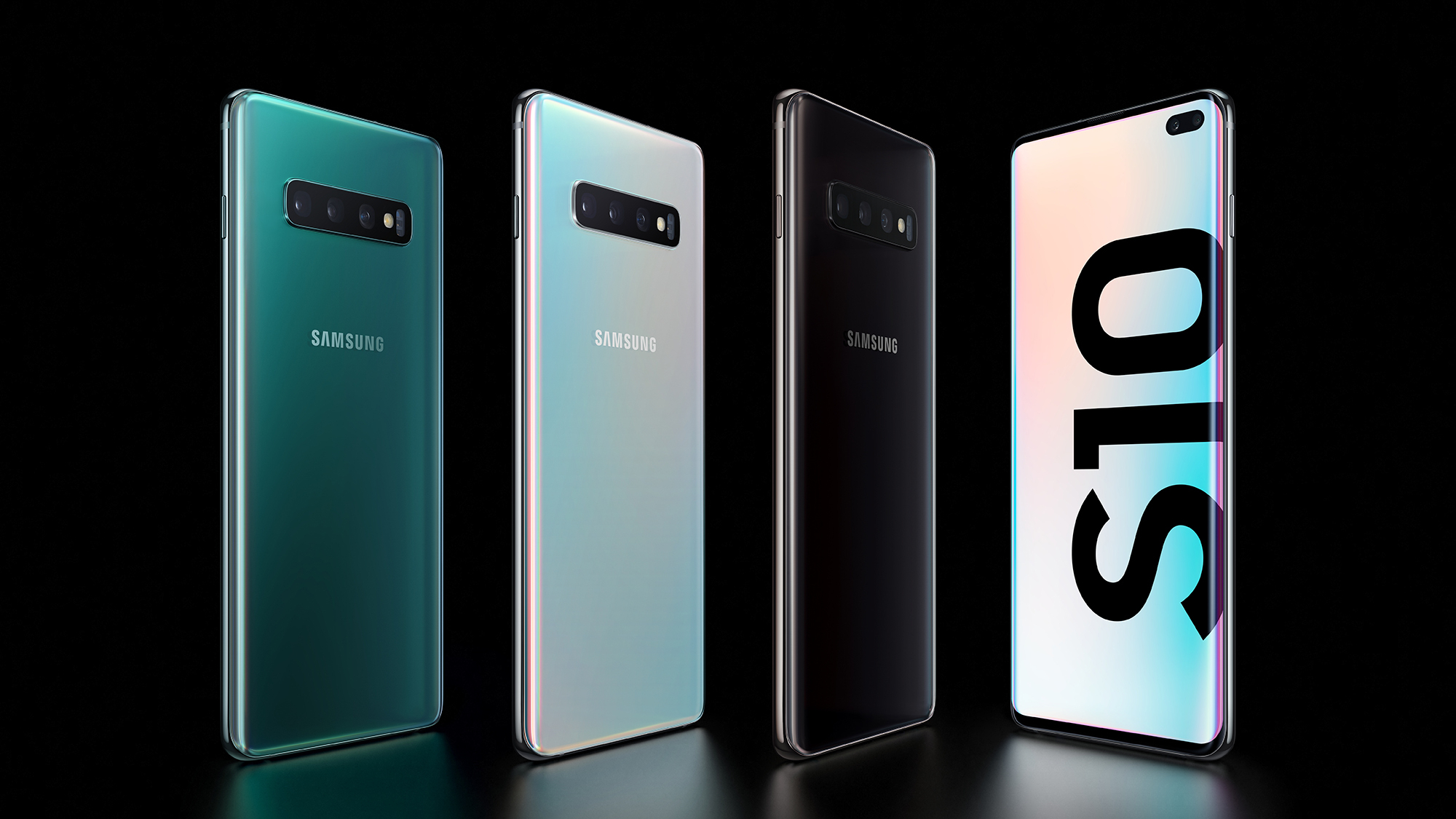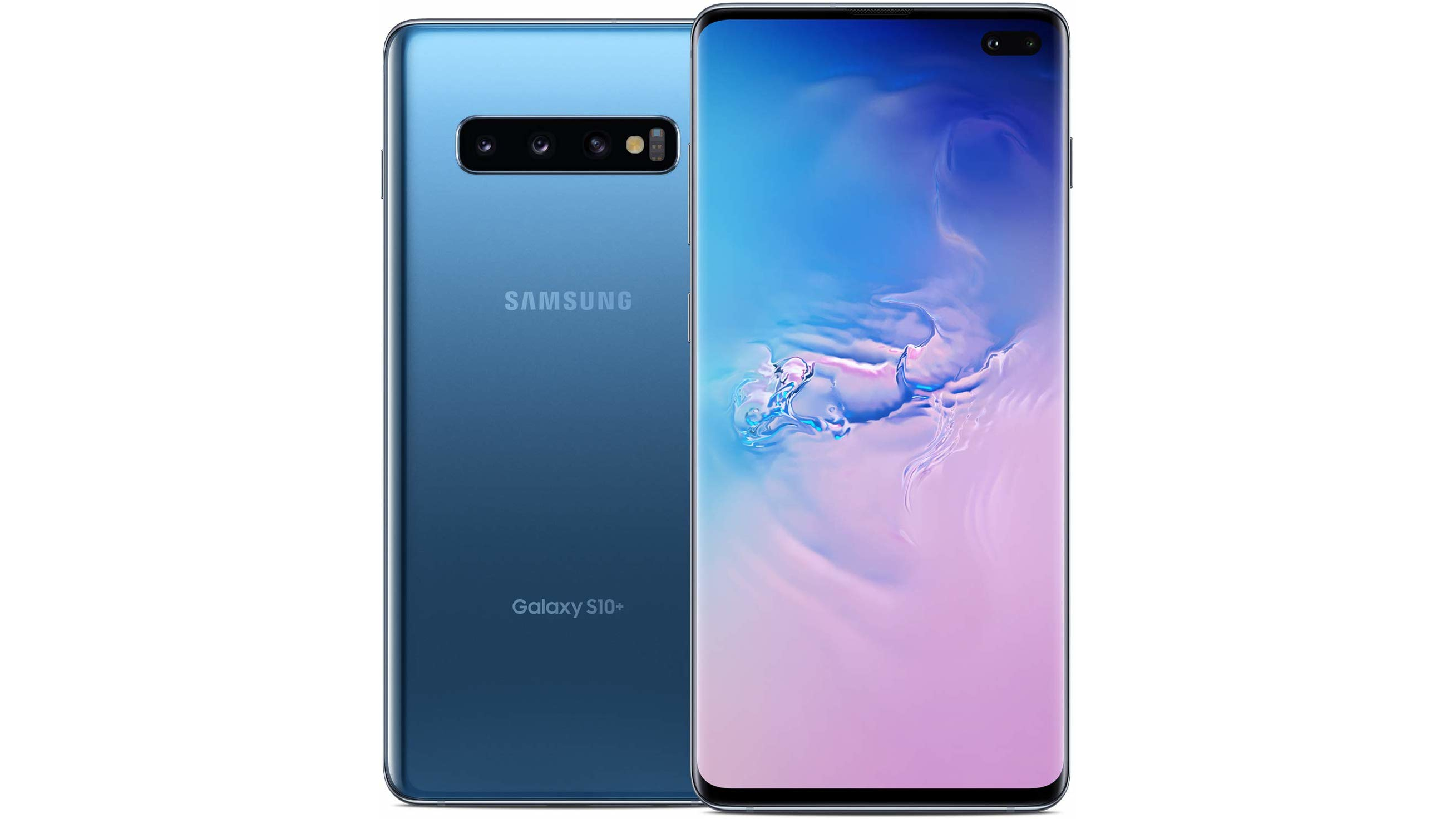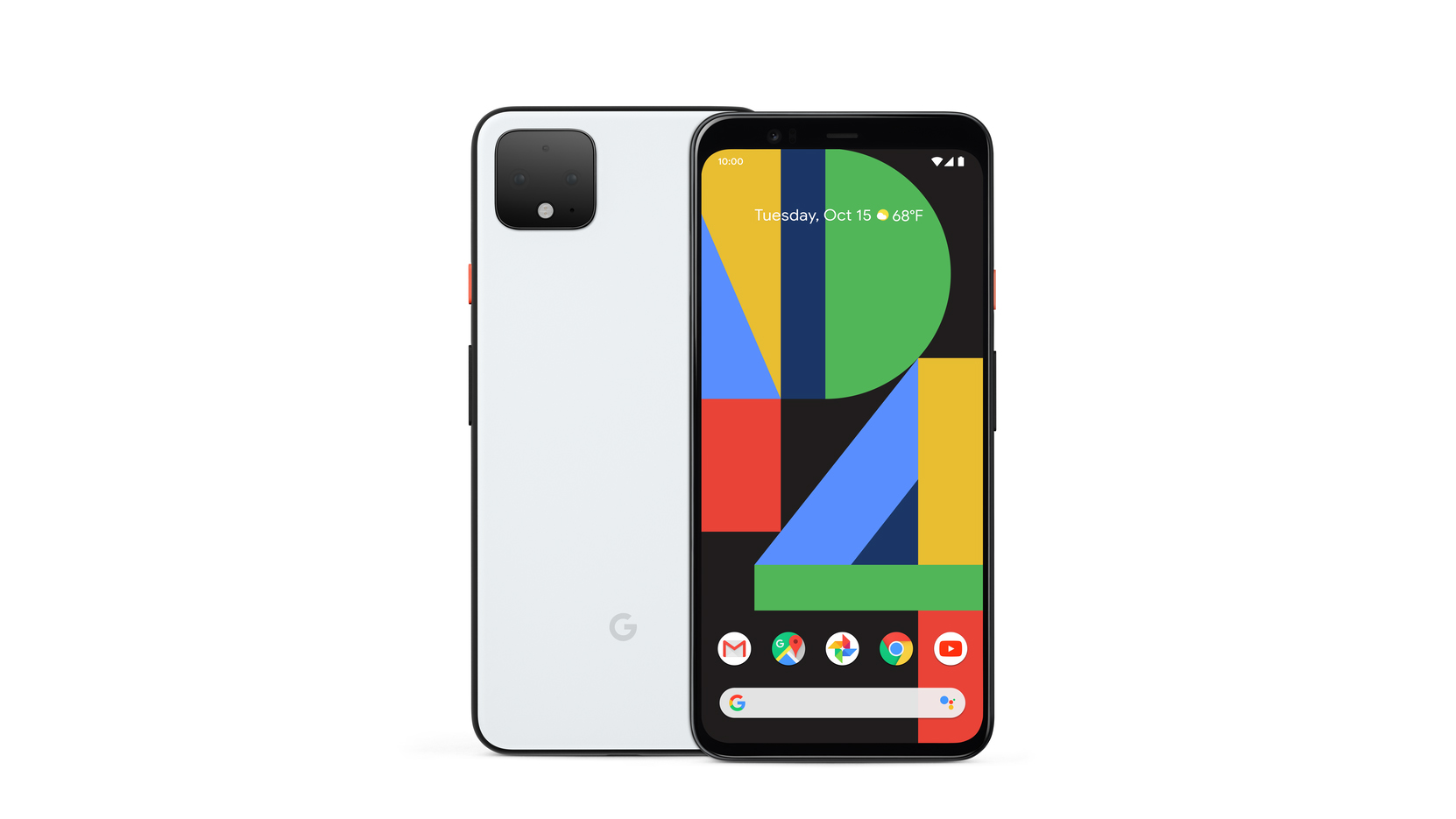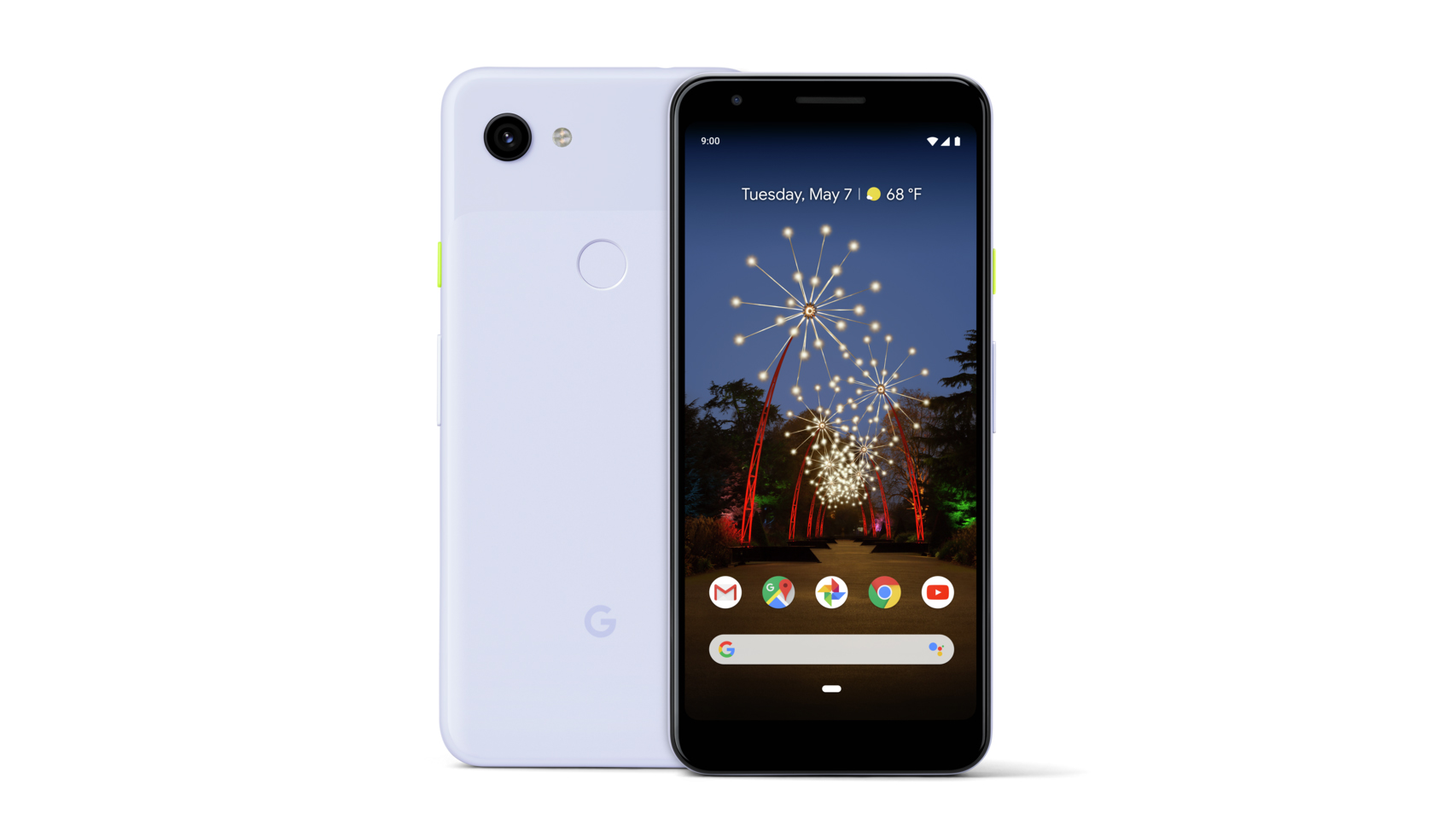Which Android Phone should you buy?
Find out which Android phone you should buy right now and discover why it’s the most popular mobile operating system in the world.

Hundreds and hundreds of handsets now use the world’s most popular mobile OS which makes answering the question: “Which Android phone should I buy?” no easy task. Thankfully, we’re on hand to point out just why Android is so popular and offer our top three picks for the best Android smartphones for 2020. Android is the operating system developed and maintained by Google, and you’ll find it on most non-Apple handsets. Each phone manufacturer has their own spin on Android, but the core features of the operating system remain the same, and you can easily navigate any of the Android smartphones, if you’ve used one before.
If you want more info on both iPhone and Android handsets, take a look at our round-up of the best smartphones 2020. And if you're looking to choose a carrier, we have a round-up of the best cell phone providers in 2020.
Five reasons why Android rules the world
There’s no doubt that Apple was first off the blocks with modern smartphones, but Android-powered phones pushed the folks at Cupertino hard as soon as they were released in 2008. In fact, just two years later in 2010, Android overtook iOS to become the world’s most popular mobile operating system and it’s a crown it still wears today. Here are five reasons why:
1. There’s an Android phone to suit every pocket
And we’re not talking about size either. The fact that there are so many manufacturers building Android smartphones means there are models available at every price point; from ultra-budget phones that come in under $100 right up to flagship, uber-phones in excess of $1000.
Traditionally, Android smartphones offer more for your money over the iPhone. You’re likely to find superior cameras, increased storage and better screens on Android phones at a lower price point compared to current or even older iPhones.
An example of this is the iPhone 8 which retails at $449 despite being two years old. Compare this with a current-range Google Pixel 3a, which features a bigger, better display in the form of a 5.6-inch OLED screen despite retailing at around $50 less than an iPhone 8.
2. Android phones get the cool new features first
While apps often launch first on iOS, Android is where you’ll find the cool hardware and OS tricks first. For instance; dual lens cameras, Near Field Communication (NFC), Augmented Reality (AR), OLED screens, wireless and fast charging, full HD screens and fingerprint sensors all arrived on Android before making a later appearance on the iPhone.
Sign up to receive the latest news, reviews, buying guides and deals direct to your inbox
Again, much of this is due to more manufacturers building more Android phones, with the end result being that handsets running the Google platform evolve at a faster rate.
3. Android phones are super-customizable
Android has had a reputation for customization and under-the-hood tinkering pretty much from launch, and that functionality continues to this day. Users can enjoy dynamic widgets on the home screen launcher and place apps pretty much anywhere they like, there are even alternative launchers available for download from Google Play offering from-the-ground-up reskinning.
Phones from some manufacturers arrive with custom-made user interfaces that include extra features. Samsung’s One UI is a good example of this and provides some neat stuff including a secure folder and a system-wide dark mode. Opinion among users is split though, with some preferring Google’s standard version of Android, but the platform remains the most tweakable smartphone OS available today.
4. Android phones take SD cards and have headphone jacks (mostly)
One of the biggest boons of Android phones is that most of them allow you to expand your storage capacity by adding a MicroSD card. These cards can increase the amount of storage on your phone by up to 512GB, which is vastly more than the internal storage on any actual handset. If you love keeping photos, movies, music and apps on your device, adding an SD card is cheap and easy to do. iPhones don’t have SD card support.
Additionally, Apple retired headphone jacks on the iPhone back in 2016, pushing users towards the pricey AirPods. While other bluetooth headsets do work with the iPhone, they still remain a more expensive option compared to trusty wired headphones. Admittedly, the headphone jack is becoming more scarce on the higher-end Android phones but you’ll still find one on a whole load of the latest handsets.
5. Android phones offer a fully functional file system
Although the iPhone has recently seen the addition of a file system it’s still not as good as the Android file management experience. If you want to move files between your Android phone and your PC simply connect via USB and drag and drop files as if it were a drive.
This makes it a simple task to transfer movies, music and other media or documents between the two. Much like Apple phones, it’s easy to switch all your content into a new handset, and most come with custom software that makes the transfer between iOS and Android easy, for those looking to convert from iPhone.
Our top three Android phones for 2020
If you’re impressed with what the Android OS has to offer but you’re not sure which phone to choose from the huge range of models on offer, don’t worry. We’re here to help with a speedy round-up of our favorite Android phones for 2020. You can see how they compare to the latest Apple iPhones in our guide to the best smartphones.

Specifications
Reasons to buy
Reasons to avoid
So what makes the Galaxy S10 Plus the best smartphone you can buy right now? Just a quick glance reveals an astonishing feature set that kicks off with a truly wonderful 6.4-inch WQHD edgeless display capable of amazing, vibrant colours at nearly 4K resolution.
This is coupled with some powerful built-in speakers to ensure the Galaxy S10 Plus is more than capable of delivering the gift of fantastic sound and vision - the movie-watching experience is second to none. Flip it over and an impressive rear camera array is revealed featuring three lenses that offer options including ultra-wide and macro shots to cater for all photographic needs.
The Galaxy S10 Plus does receive some minus points in a few places, one being an average selfie camera and the ever-unpopular Bixby. But even after these deductions it's still got enough to see off the closest competitor, the iPhone 11 Pro, and win the “best smartphone” title by a nose.
- Read our Samsung Galaxy S10 Plus review

Specifications
Reasons to buy
Reasons to avoid
One android smartphone looks a lot like another but some striking visual design features make the Google Pixel 4 XL stand out from the crowd. Pick it up and the ceramic-like outer shell gives an instant, premium-product feel. Put it down and the defined shape and black outline make it look stylish even from a distance.
The Google Pixel 4 XL has the specs to match its good looks, two rear facing camera lenses work alongside some clever imaging software to provide incredible images and the 6.3-inch QHD OLED displays both photos and video admirably. Some awesome internal speakers make for a great experience when watching TV and movies, but factor in the price of some decent headphones as you won’t find any included at all.
Overall, the Google Pixel 4XL is a great all-rounder providing everything you need from a smartphone in a wonderful looking design, although it’s eclipsed by the Samsung Galaxy S10 Plus on unique selling points and extras.
- Read our Google Pixel 4 XL review

Specifications
Reasons to buy
Reasons to avoid
The standout feature of this budget android smartphone is without doubt the 5.6-inch OLED screen, something you won’t find on any other phone at this price. This means the image quality provided by the Google Pixel 3a is far superior to its peers, displaying vibrant colours when viewing photos and watching movies.
Fantastic image quality is also on offer from the 12.2-megapixel single rear camera. It might not be the multi-lens marvel that you’d find on high-end, flagship phones but it’s still more than capable of taking beautiful photos that can match, and even out-perform, some of the big-budget models.
Points do get docked here and there, most notably around build quality as the plastic shell feels a bit cheap and tacky, and the speakers aren’t great when used at high volume. That said you’ll probably struggle to find a smartphone this good for $400, so whichever way you look at it, it’s a small price to pay.
- Read our Google Pixel 3a review
Dave is an Editor at Future PLC, and currently runs the site PetsRadar. He is keen on pet and personal health, and has a long history working across a wide range of print magazines. Dave has covered a number of subject areas for Top Ten Reviews including sleep, mattresses, and other aspects of personal wellbeing.
